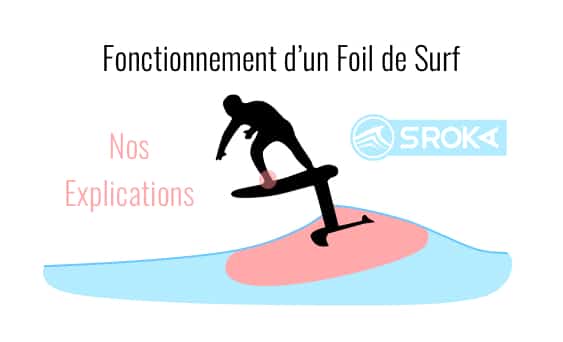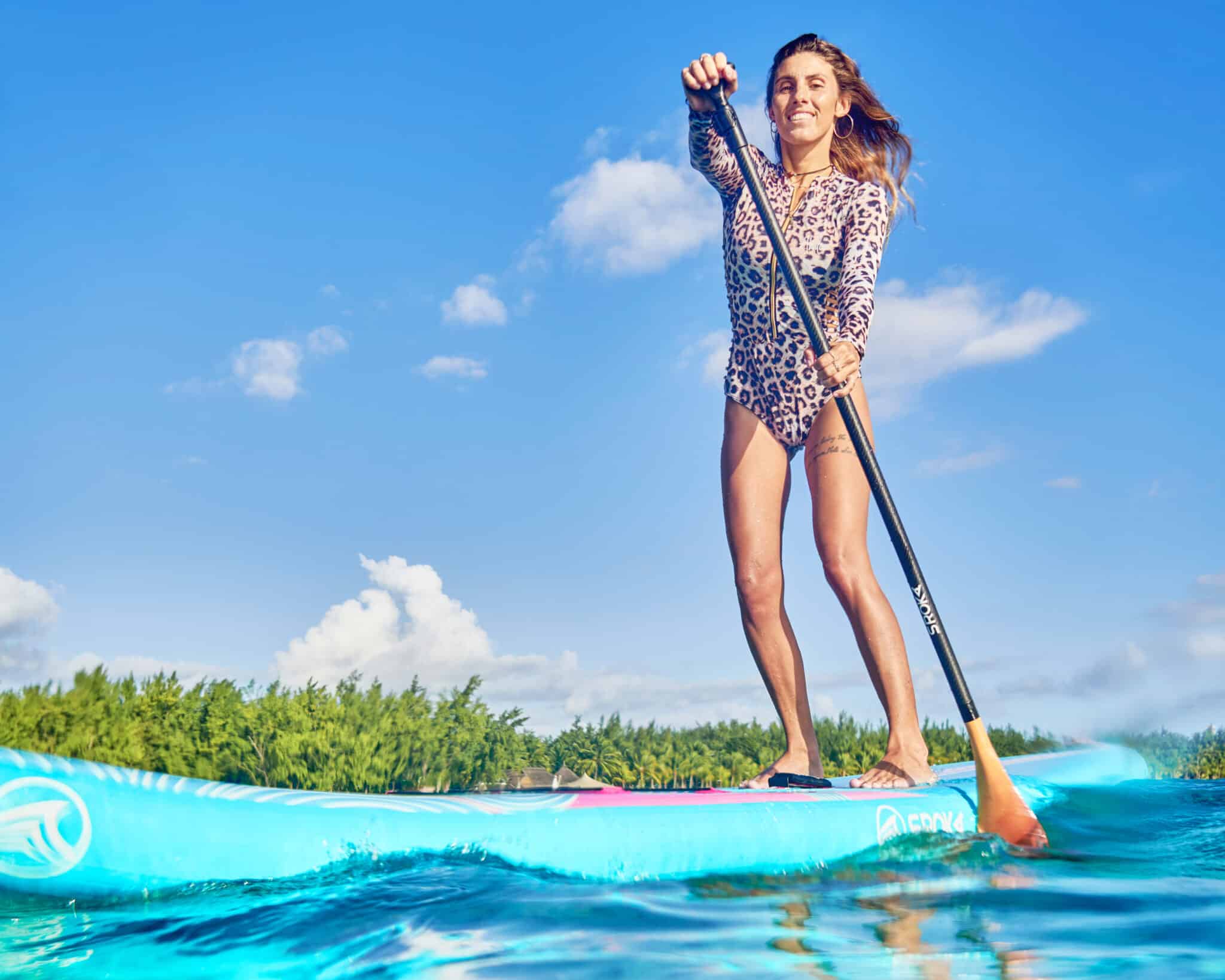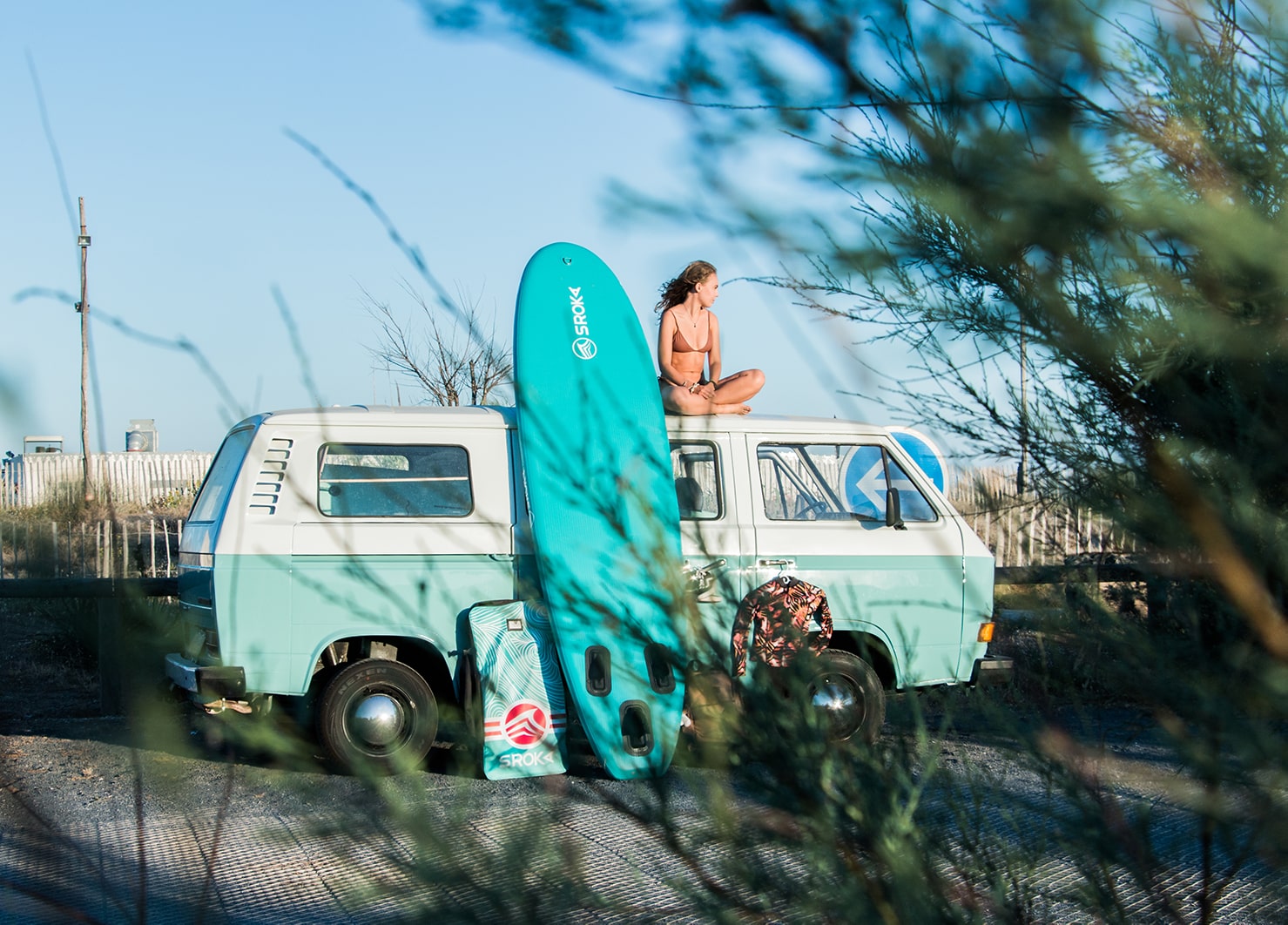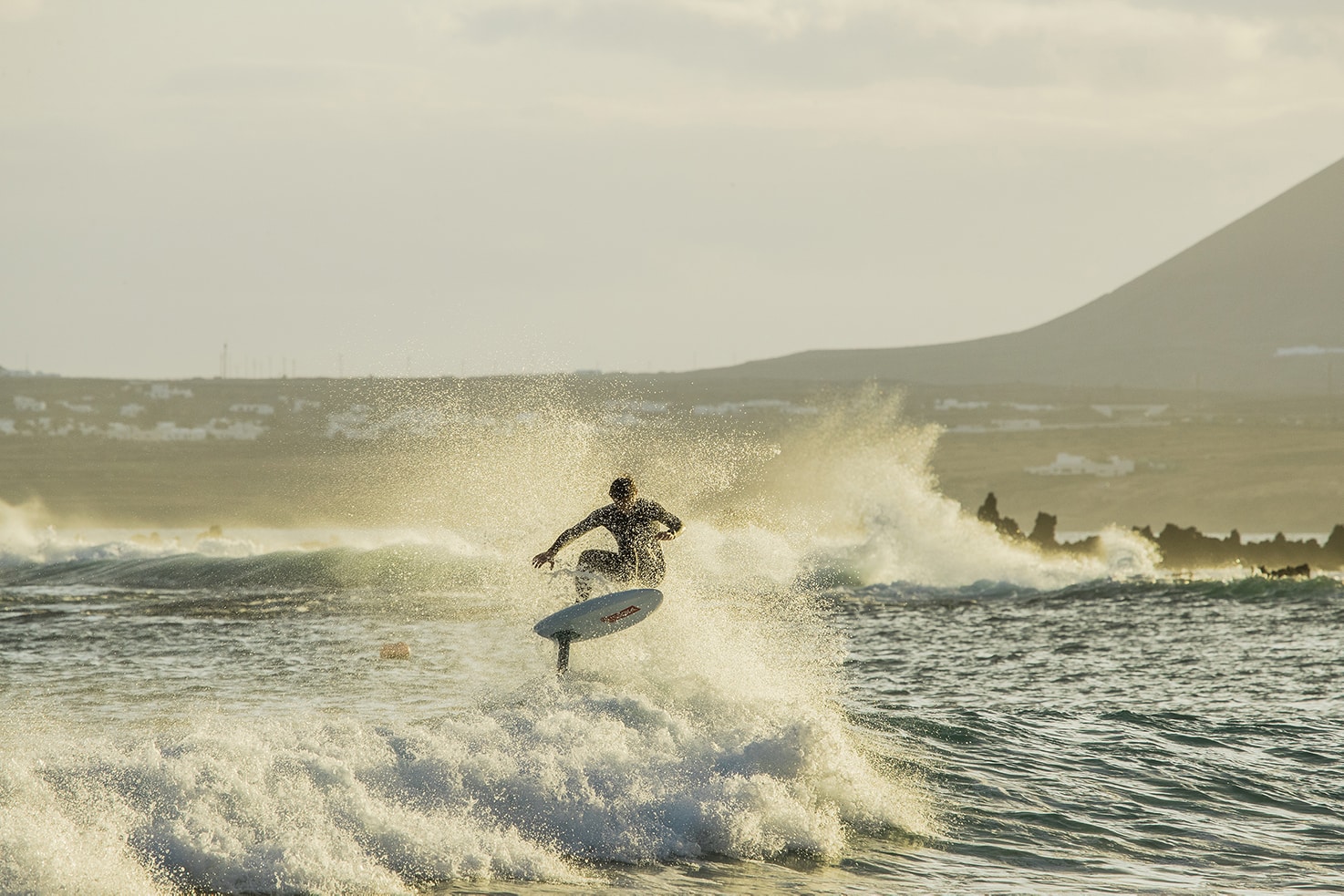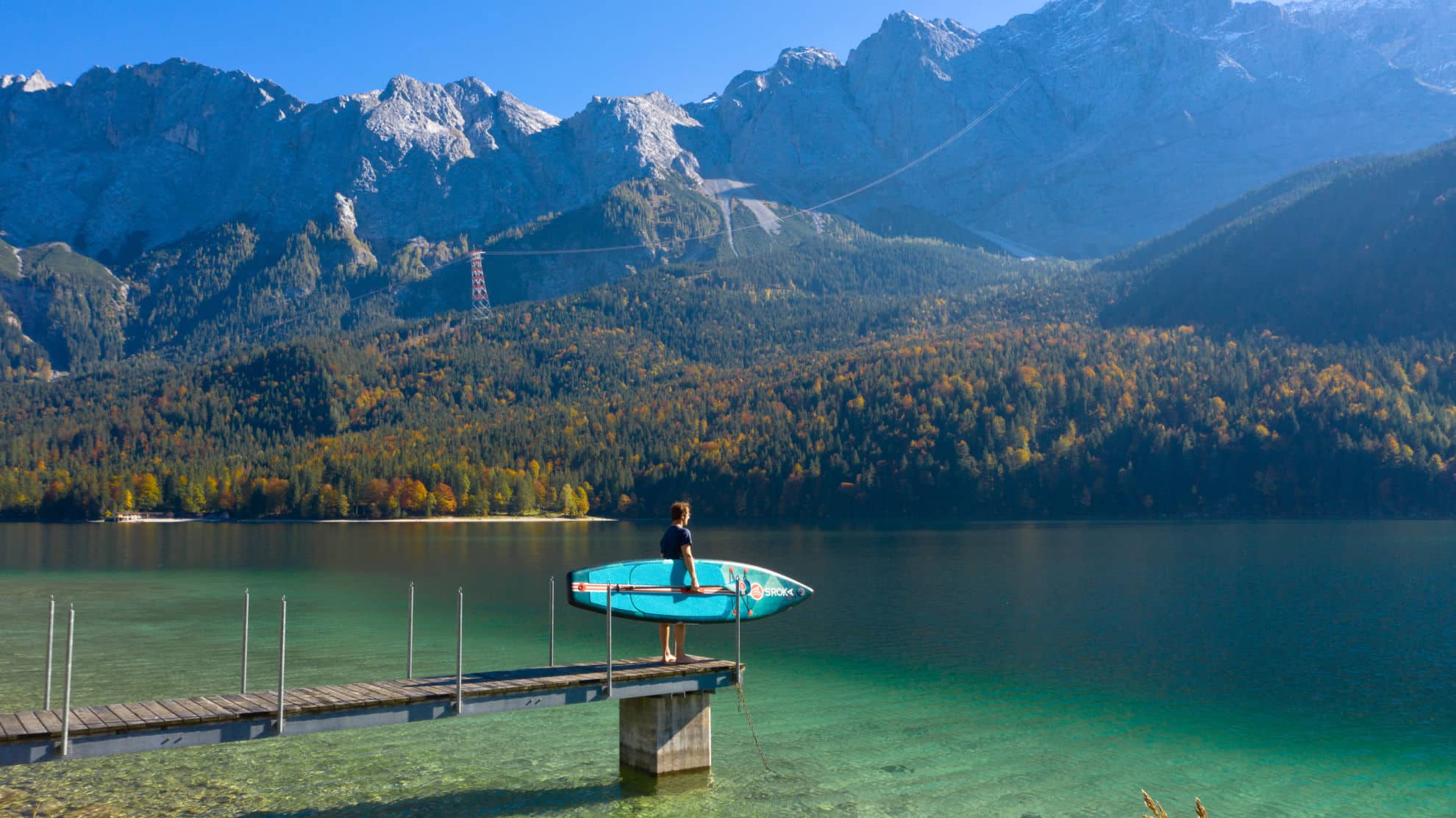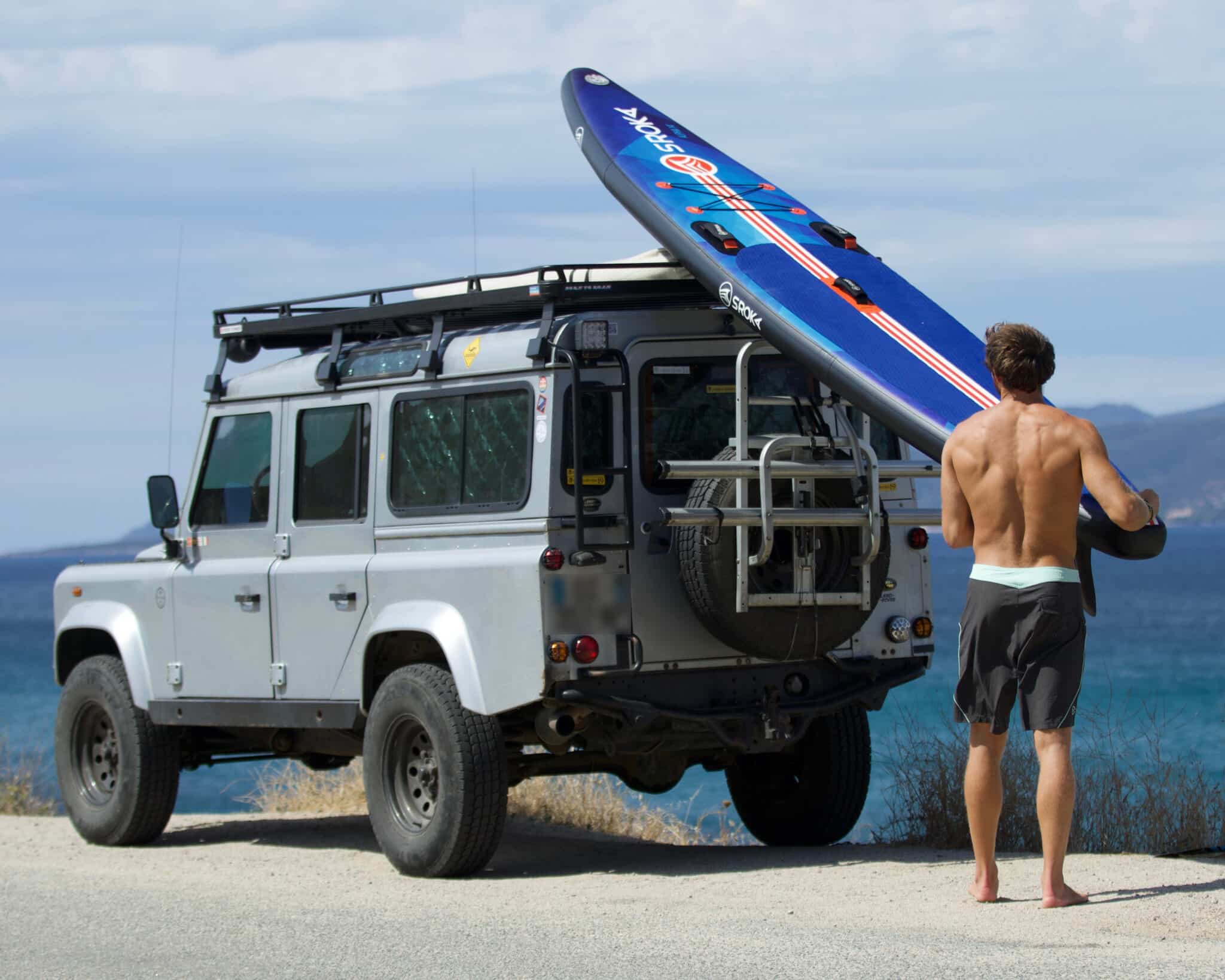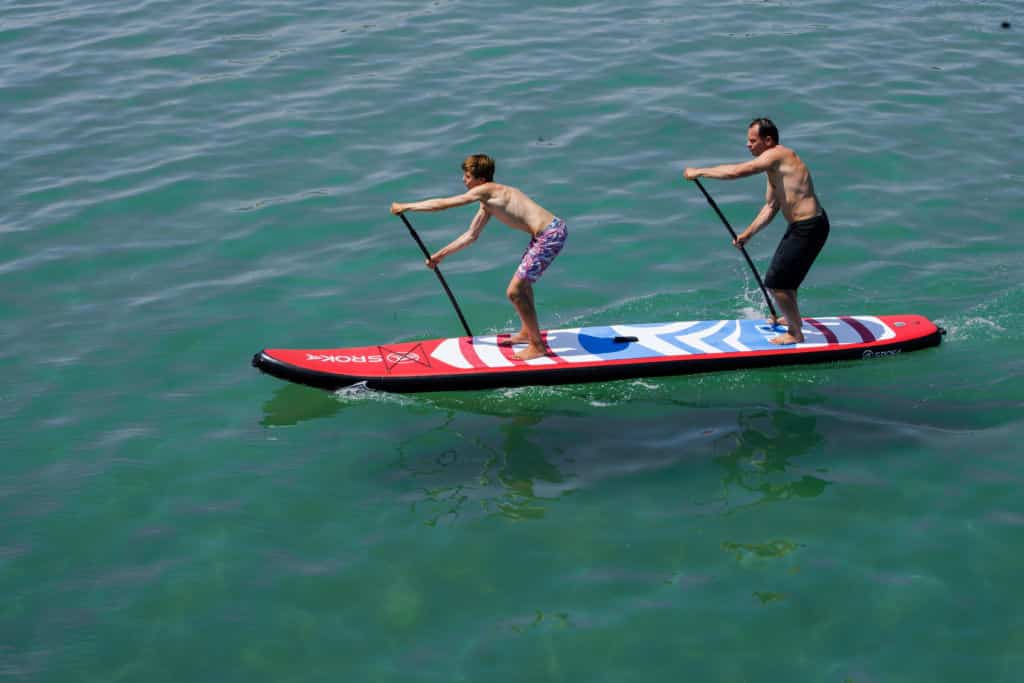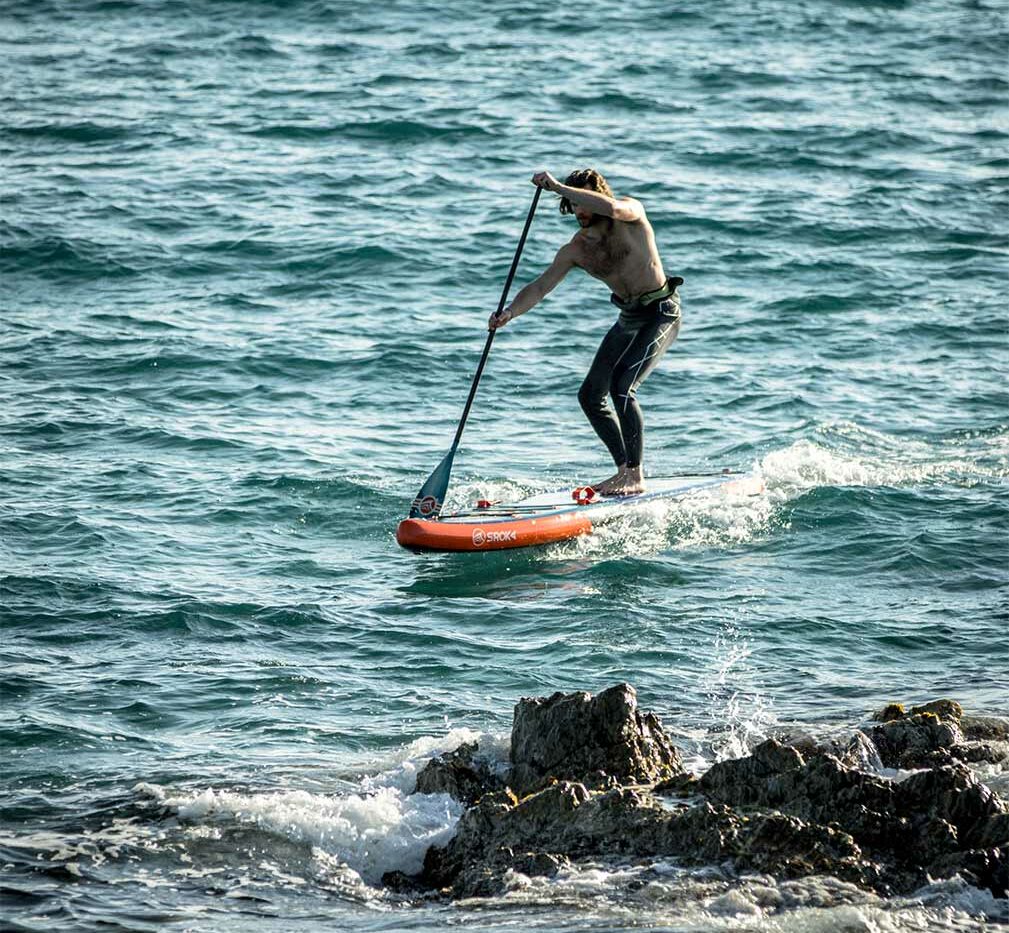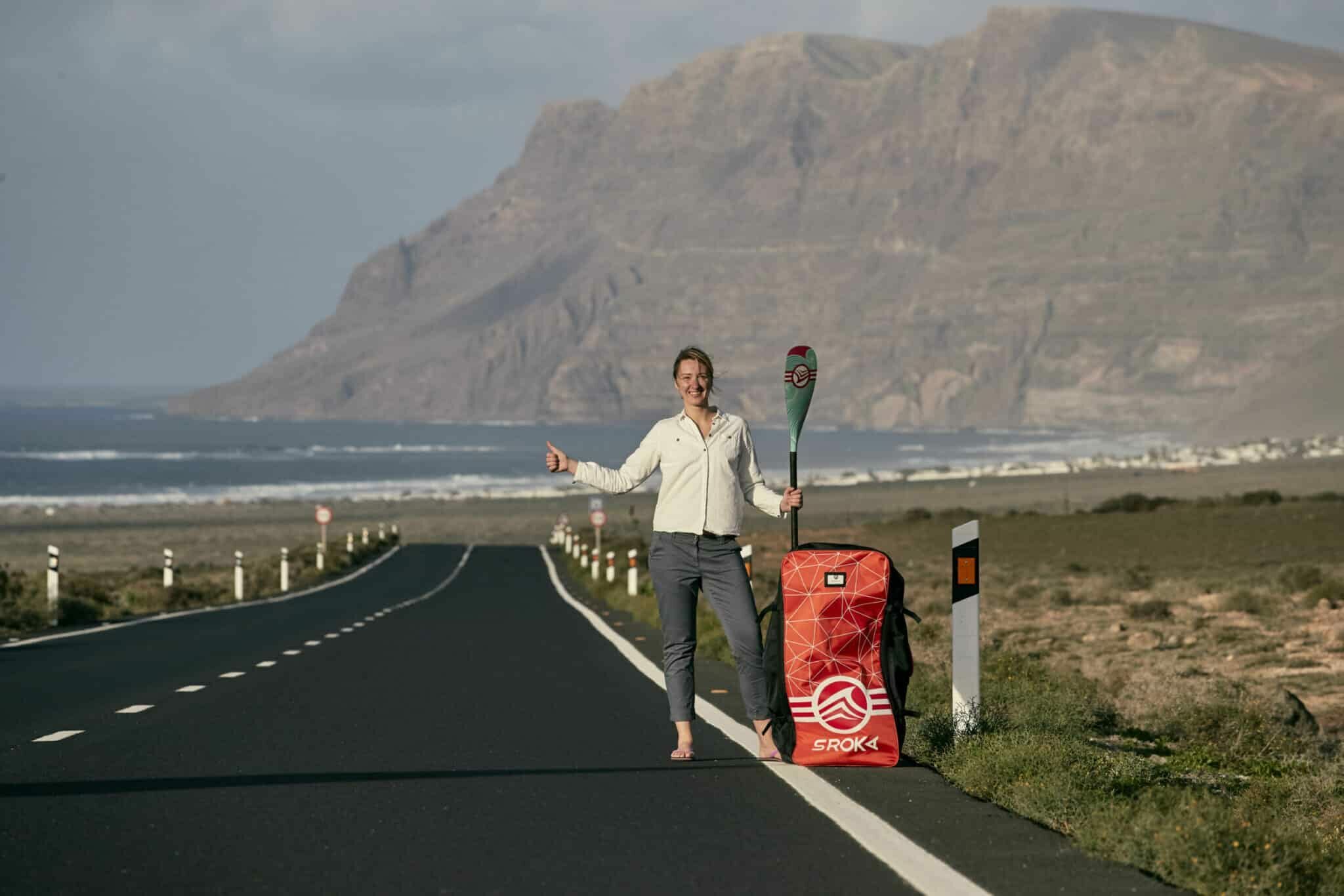 LE MAGAZINE
LE MAGAZINEWhat size wing board to choose foil Full guide

Choosing the right size for your wing board foil is crucial to your progress. This is a crucial step if you want to progress quickly and enjoy yourself. In fact, the size of your board will directly influence your stability, maneuverability and gliding ability. In this article, we’ll look at how to choose the ideal size for your level, weight and discipline.
Choosing the right board: size and volume
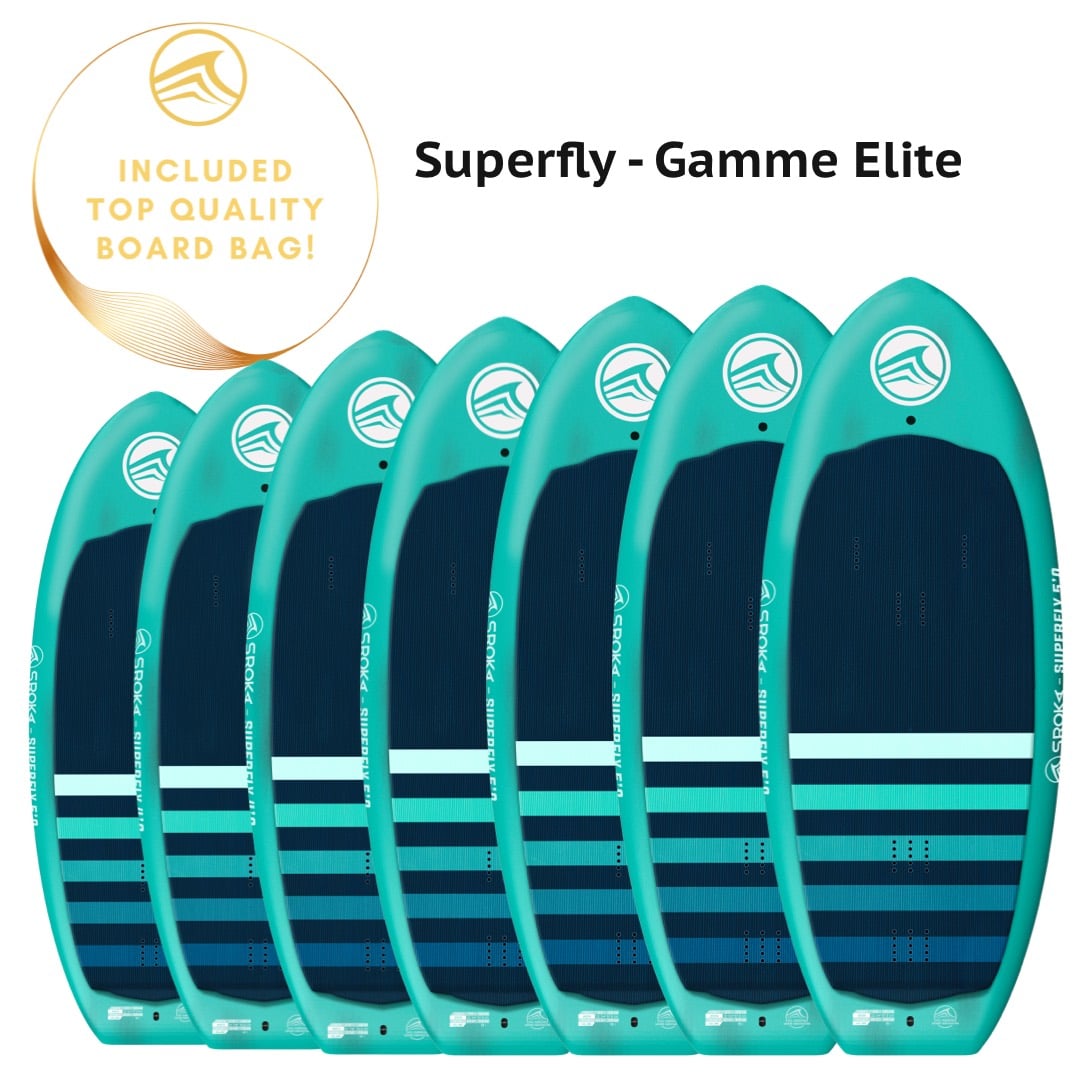
Small boards: for experts
Small boards, generally under 80 liters, offer exceptional maneuverability and responsiveness. They are ideal for experienced riders who want to perform technical tricks and exploit the full power of the wind. However, their low volume makes them less stable in light wind conditions, and may require a good command of balance.
- Advantages:
- Improved handling
- Responsive maneuvers
- Ideal for freestyle and wave riding or for smaller riders.
- Disadvantages:
- Less stable in light winds, needs more wind to take off.
- Requires a good technical level
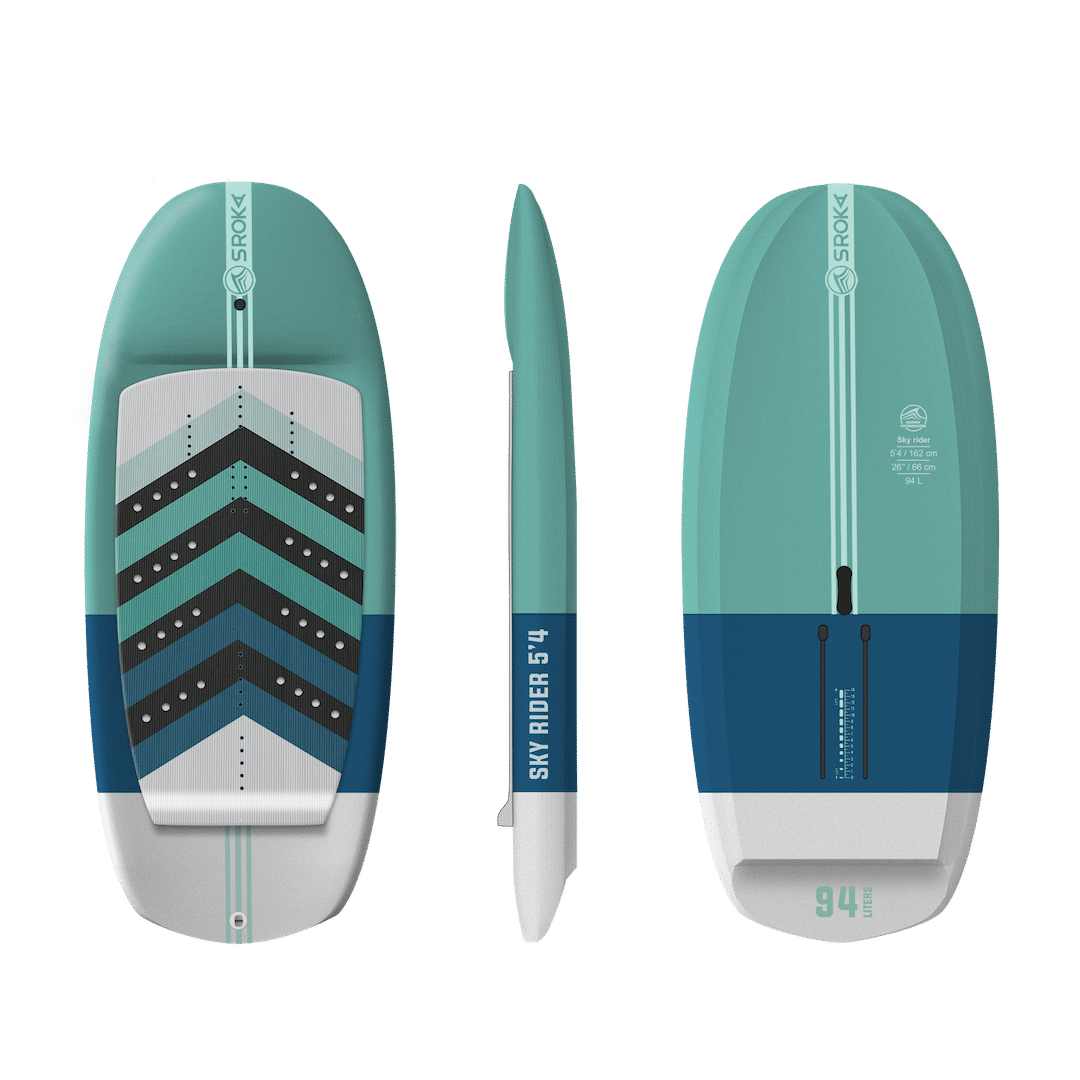
Medium-sized boards: versatility
Medium-sized boards, between 70 and 95 liters, offer an excellent compromise between stability and maneuverability. They are suitable for a wide range of riders, from advanced beginners to intermediate riders. Their extra volume makes it easier to learn and practice all wing disciplines foil, freestyle or waves.
- Advantages:
- Versatility
- Good stability if wide
- Easy to learn
- Disadvantages:
- Less handy than small boards
- Can be a little bulky for experienced riders.
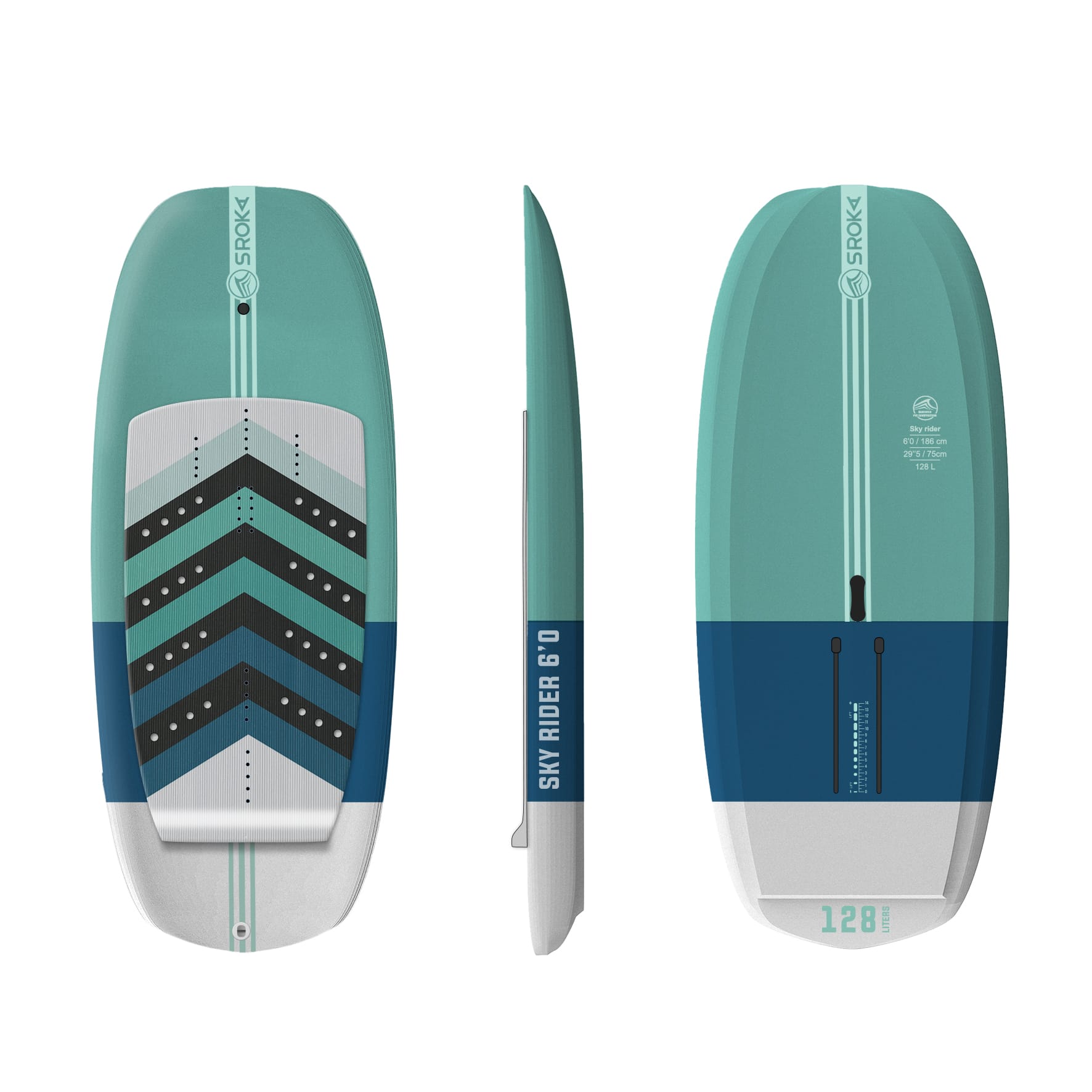
Large boards: for beginners and light conditions
Larger boards, above 100 liters, offer maximum stability (if wide enough), making them the ideal choice for beginners.
For sailing in stronger winds, smaller boards offer greater comfort and manoeuvrability.
Advantages:
-
- Maximum stability
- Easy to learn
- Ideal for beginners and light winds
- Disadvantages:
- Less maneuverable at high speeds
- Can be cumbersome to transport
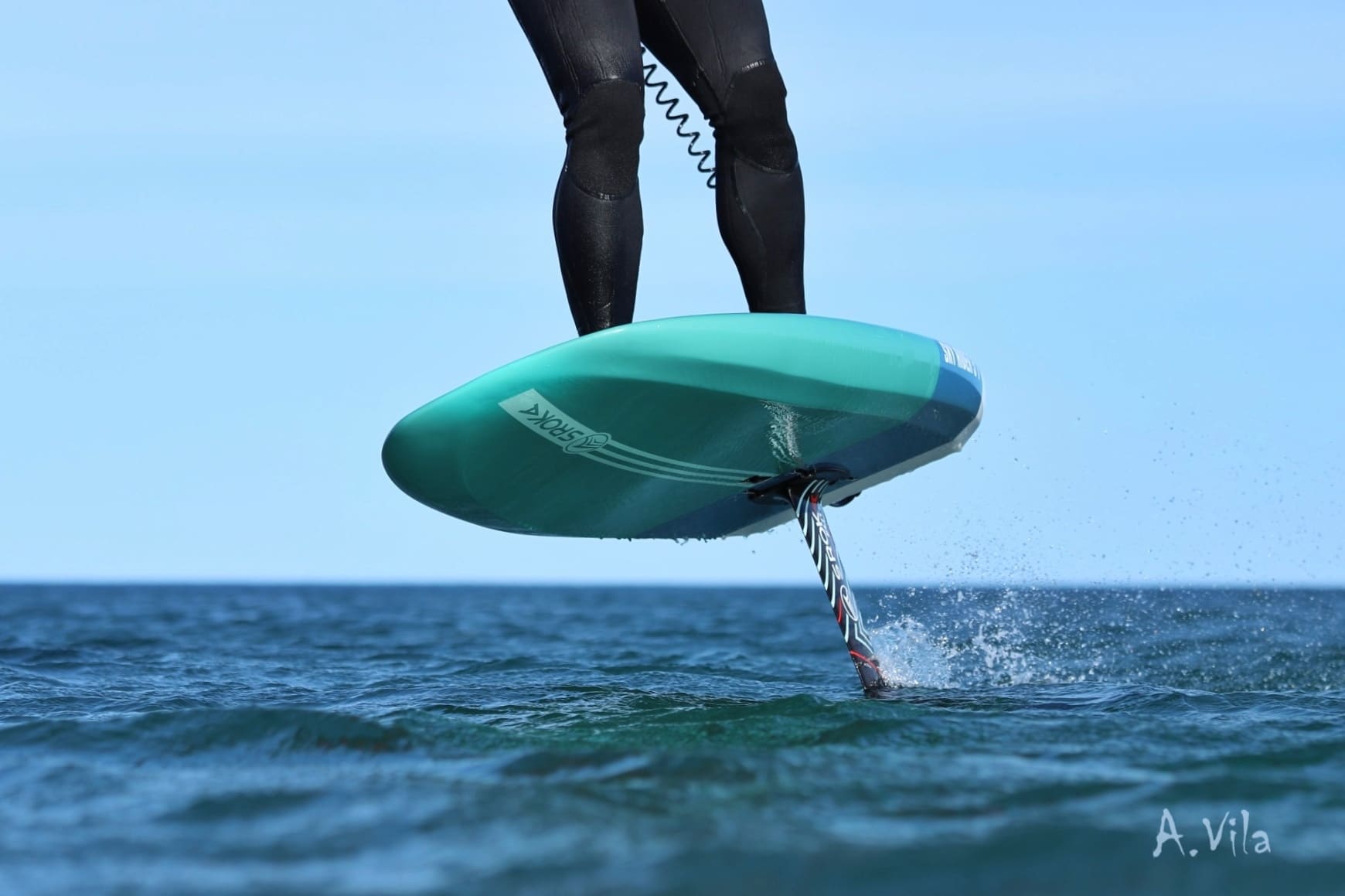
Let’s go into detail about board sizes by level
For beginners
For beginners, stability is paramount. A board that’s too small will be difficult to control, and you’re likely to fall off frequently.
- Size: Opt for a relatively long board (between 5’4 and 6’3 feet, depending on your size) and one that’s wide enough (28 to 30 inches).
- Volume: Volume is an essential criterion. For a beginner, a volume of between 100 and 140 liters (for the heavier models) is ideal. This will give you great buoyancy and facilitate planning starts. But remember. Many people only talk in terms of volume. But volume is length x width x thickness. So you can have two boards with the same volume but completely different widths and lengths. This will result in greater or lesser stability. So don’t just talk in terms of volume, give priority to length and width.
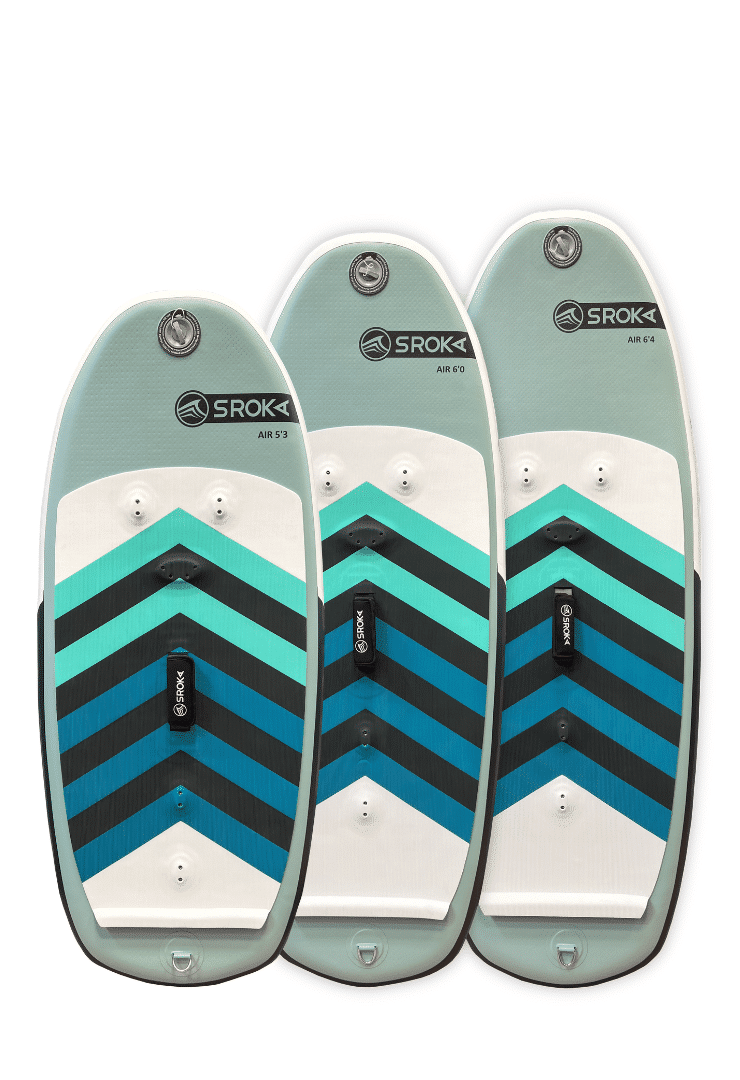
- Shape: Beginner boards generally have a fairly rectangular outline for maximum lateral stability. A fairly flat rocker makes it easy to glide off the planning board.
- Hard or inflatable board? Inflatable boards are often preferred by beginners, as they are easier to carry and store, and above all cushion falls. They also offer great buoyancy, which is an asset for learning. However, you’ll need an inflatable board with about 30 L more buoyancy than a hardboard. The inflatable wingfoil board is perfect for those who want to travel easily. On the other hand, a rigid foil wingfoil board will be bulkier but more reactive underfoot. So it’s easier to learn, but a little more fragile.
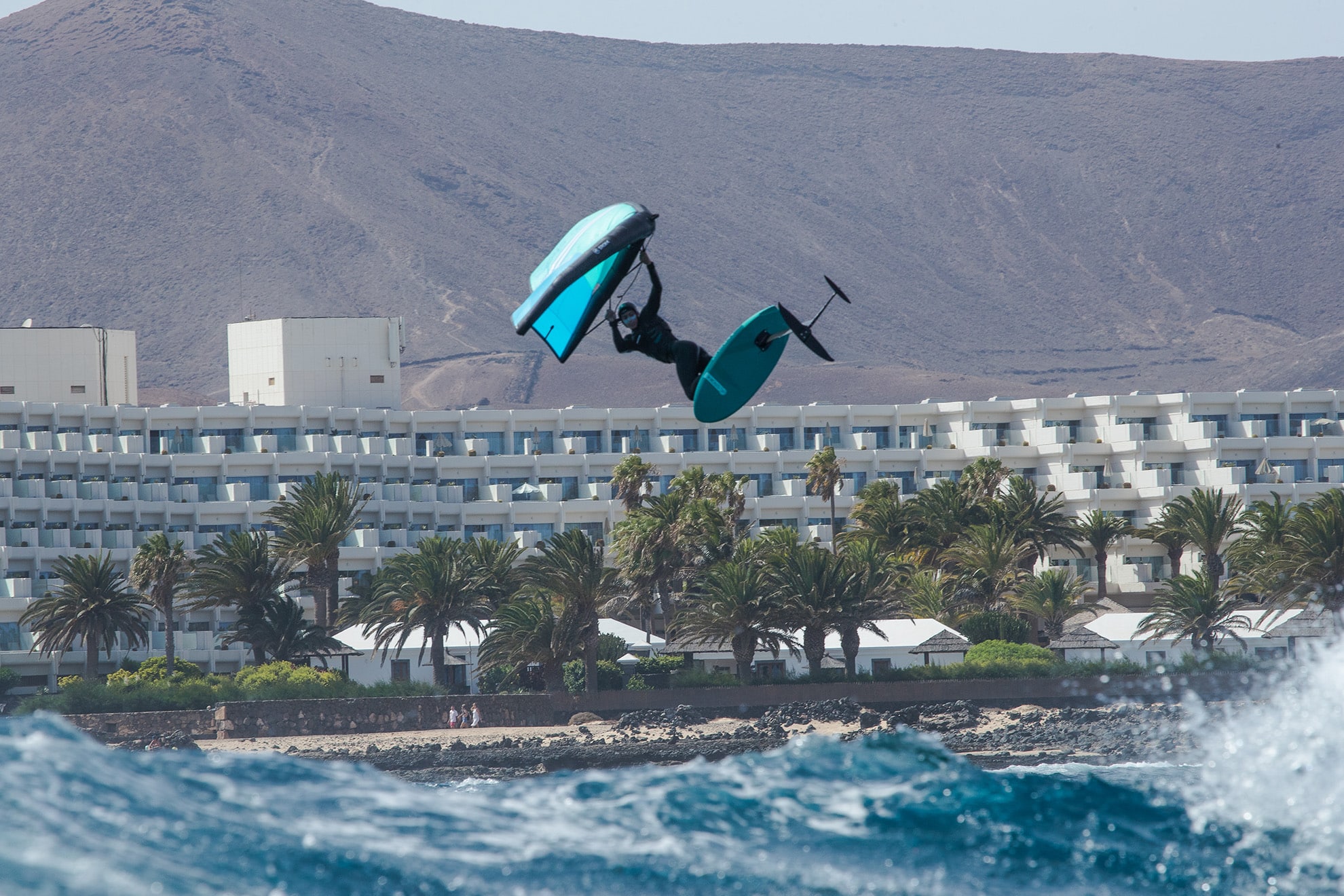
For intermediate and advanced levels
Once you’ve mastered the basics, you can refine your choice according to your riding style and size. For experienced riders wishing to ride in light wind conditions, longer, narrower boards are the best option. Their increased length facilitates rapid take-off with very little drag, and makes it easier to glide over lakes, for example. However, they can be less maneuverable at high speeds.
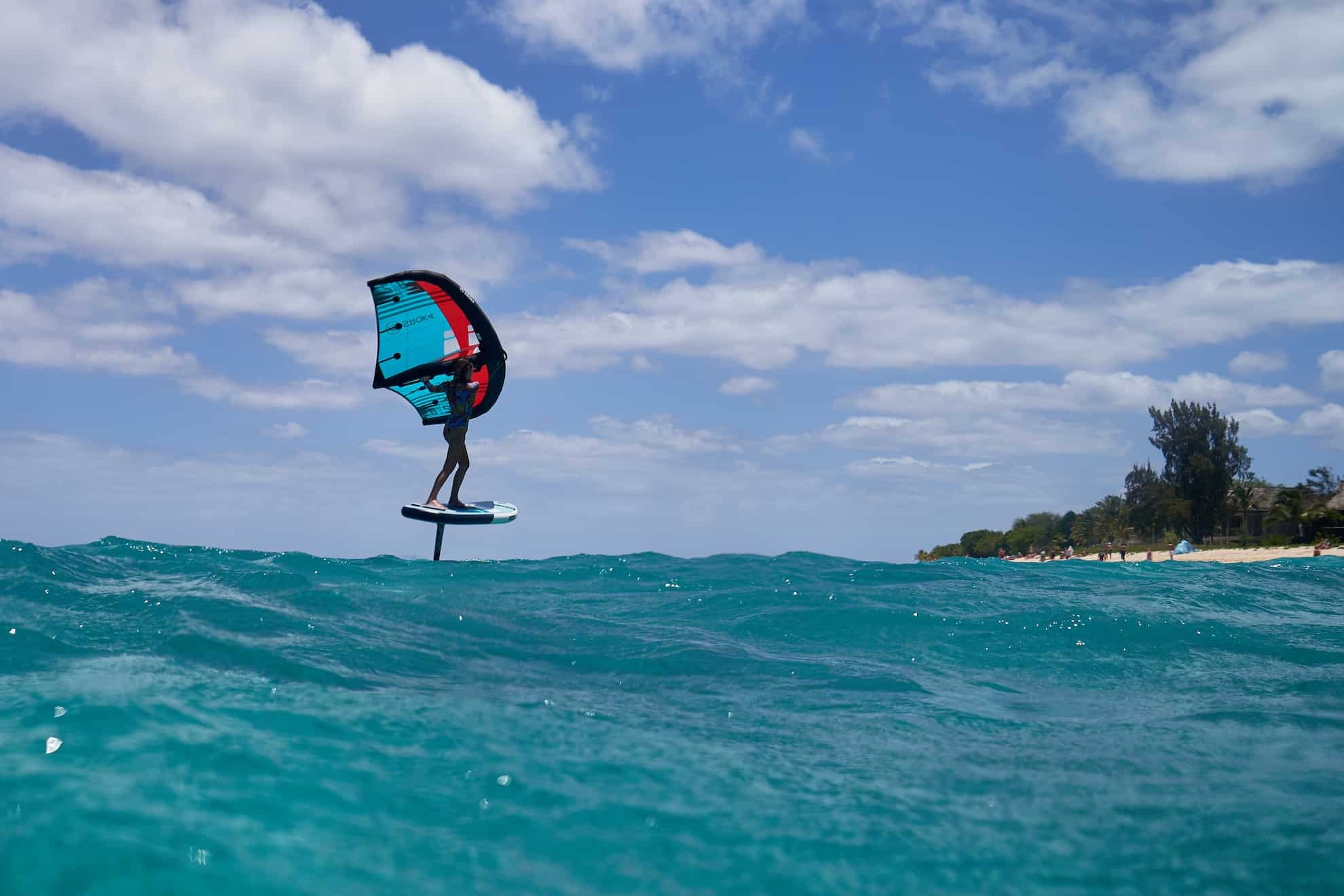
- Freestyle: For freestyle, you’ll need a shorter, more responsive board, to perform rotations and tricks more easily. A volume of between 45 and 85 liters will be sufficient.
- Race: Race boards are generally longer and narrower to enhance glide and speed. Volume is smaller, around 80 liters. Dimensions are around 5’7 x 20 wide.
- Wave: Wave boards are designed for surfing waves. They are shorter and thicker than race boards, with a pronounced rocker to facilitate touchdowns in the waves. A board around 5 feet and 23 inches wide seems like a good alternative for a 75 – 80 kg weight.
- Versatile: If you want a board that can do it all, opt for a versatile model with an intermediate volume (between 85 and 110 liters).
- For sailing in very light or irregular winds. Choose light wing or middle lenght or downwind boards. They’ll make it much easier to take off in very light winds. These boards are rather long and narrow. Ideal for very flat water.
What other criteria should I take into account when choosing a board size?
- Your weight: The heavier you are, the bigger the board you’ll need.
- Sailing conditions: If you want to sail in very light winds, a middle-lenght or Downwind type board will be an undeniable gliding factor.
- Your riding style: If you prefer aggressive maneuvers, a shorter, more responsive board will be more suitable. If you’re looking for stability and ease, opt for a slightly wider board, so you’ll be stable when you get on.
- Versatility with other disciplines. If all you want to do is wing foil, you can choose a more specific board. If you’re looking for versatility (Downwind and wing foil for example), you’ll have to make a compromise when choosing a board.
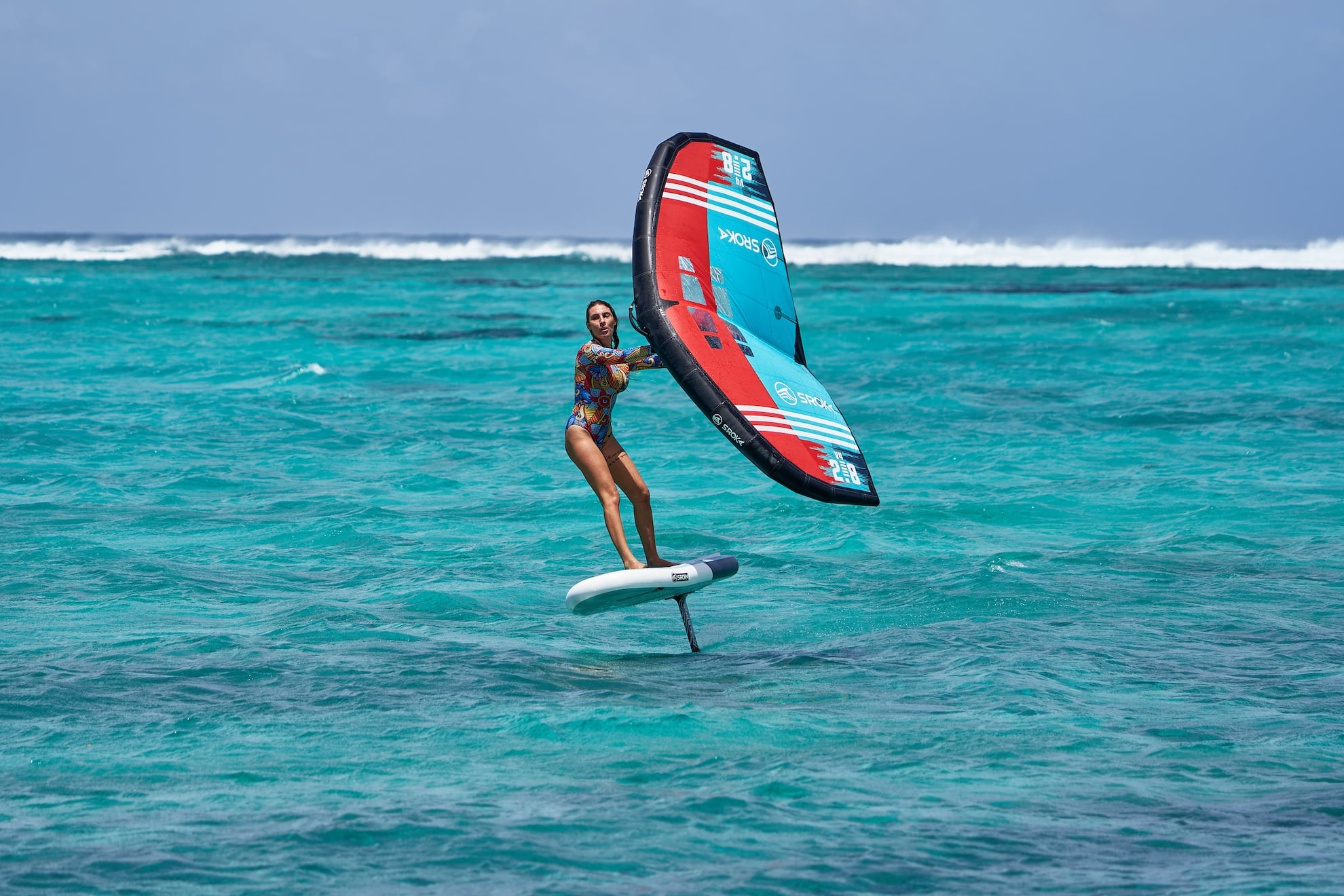
Essential wing accessories foil
In addition to your board, you’ll need a few other essential wing accessories foil:
- A wing foil: The choice of wing will depend on your level and the conditions of the water.
- A foil: The foil is the element that will enable you to glide. There are different types of foils, adapted to each discipline.
- A leash board: The leash will connect you to your board to avoid losing it in the event of a fall. There are two types: the leash, which is attached to the foot or the hip.
- A helmet: Helmets are highly recommended to protect you in case of impact.
- An impact vest for shock absorption.
- A wetsuit: A wetsuit will keep you warm and protect you from UV rays.
Additional tips:
- Don’t skimp on quality: a good board will last you longer and give you better performance. But above all, it will be better built and therefore steeper, making it easier for you to learn. The way a board is built will determine how quickly you learn. So price shouldn’t be your only criterion. Take the time to research and compare, so you can choose the best option. At SROKA, we strive to produce the best boards on the market in terms of performance and, above all, construction. We want your foil rigid wing board to perform for a long time, but above all we want it to simplify and accelerate your learning curve.
- Try out different boards: Before you buy, try out different boards to find the one that suits you best.
- Keep in mind your evolution: As your level evolves, you may need to change boards in time. So don’t go too small or too big. Some of you take a smaller board, thinking that you won’t have to change it later.
Wing foil is much more than just a water sport; it’s a unique experience that combines thrills and freedom. By choosing the right board, you put all the chances on your side for unforgettable moments. Whether you’re a beginner or an experienced rider, SROKA offers a range of boards designed to meet all your expectations. So, are you ready to discover new sensations? Explore our collection and find the board that will let you glide over the water in total serenity.
If you have any further questions, or if you have any other requests, please don’t hesitate to contact us!
 Le Magazine
Le Magazine



